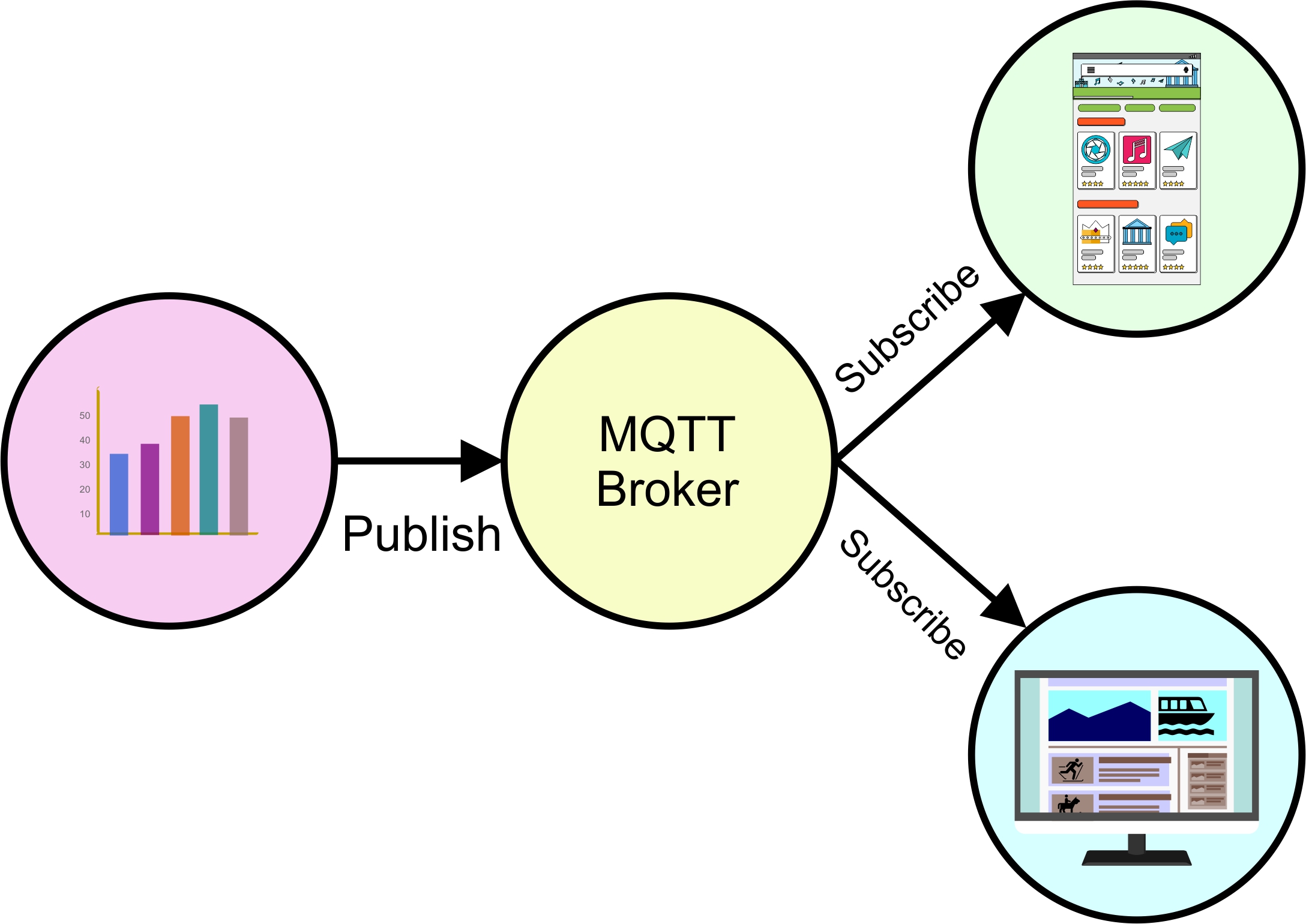Monitor - ISSN 1472-0221
The Newsletter for Data Acquisition and Control
Issue 307 November 2024
Welcome to November's issue of Monitor. This month - what to consider when specifying a data acquisition system to count passengers. Plus, a request for help with a very old system.
You can download Monitor as a pdf file from https://www.windmill.co.uk/monitor/monitor307.pdf.
Contents
* Choosing an automatic passenger counting system
* Your DAQ questions answered: Manuals for an old data acquisition system
Choosing an automatic passenger counting system
What are the main considerations when specifying an automatic passenger counting system?
Options for Passenger Counting data acquisition systems
Before we go into how to choose a system, an overview of three of the more popular methods.
- Video recognition
AI software analyses CCTV and detects people boarding and alighting. The system provides data in real time to remote data dashboards and shows where and when people got on and off.

- Infrared-based solutions
A passive infrared (PIR) sensor measures infrared light radiating from objects in its field of view - in our case, people. It comprises a pyroelectric sensor that detects levels of infrared radiation, and a lens or mirror that focuses the infrared signals onto the sensor.
Infrared Time-of-Flight sensors emit short pulses of infrared light and then measure the time it takes for the light to reflect off objects in their field of view and return to the sensor. The sensor builds up a 3D image of its surroundings by measuring the distances to multiple points. On-board processing then filters out static objects like furniture while tracking moving objects like people. - Mobile Phone Wi-Fi
Wi-Fi-based systems detect devices within a certain radius using probe request signals. However, use of Wi-Fi tracking from mobile phones is in some places subject to strict conditions, and in many cases may be prohibited.

1. Accuracy
Accuracy is obviously one of the most important characteristics of an automatic passenger counting (APC) system. Indeed, some regions have legislation stating that a specific accuracy must be reached to be purchased using public funding. Most companies offer an accuracy of at least 95%.
As well as the headline accuracy figure, are you able to check for your situation. Does the company offer a free trial? Can you, for example, watch a video back to ensure that counts are being accurately measured? Ensure the system can deliver consistent results in your operating environment.
2. Operating Conditions
Infrared-based solutions are reliable in some environments, but may have difficulty counting passengers accurately in crowded conditions.
Video imaging performs well in crowded vehicles. When using CCTV cameras, these need to be positioned over the entries and exits of the vehicle.
Using physical devices, rather than software, to count passengers on buses gives rise to problems due to jolting. This leads to the need for regular recalibration. AI systems bypass these difficulties.
3. Communications and System Integration
Crucial for device integration. Many interfaces are on offer, for example RS-485, Ethernet, WLAN, LoRaWAN and Wi-Fi.
For seamless integration into Internet-of-Things and Smart City systems, look for MQTT communications. This allows real-time communication of information to all interested parties.

4. Robustness
For physical devices, the IP (Ingress Protection) code shows how well a device can withstand dust or water for example. Systems using AI software to communicate with cameras don't suffer the drawbacks encountered by physical people counters, making a very robust system .
5. Privacy Protection
Make sure people are not identified, either by facial recognition or wi-fi probe signals. Check that systems are fully GDPR (EU General Data Protection Regulation) compliant and collect no personal data. Failure to comply with GDPR when accessing personal data is illegal not only within the European Union, but also when being used to count EU citizens living or travelling outside the EU.
6. Additional Features
Do you want live occupancy counts to monitor passenger density in real time; GPS referenced counts for location-specific insights; integration with dashboards and analytics platforms to visualize and act on data effectively. If not now, are you likely to need additional features in the future?
More Information
Selecting the right APC system involves balancing accuracy, operating conditions, integration, and privacy considerations. By understanding the strengths and limitations of each technology and focusing on robust, adaptable solutions, you can implement a system that enhances operational efficiency and passenger experience.
To learn more or explore APC solutions tailored to your needs, feel free to contact us as sales@windmill.co.uk.
References
Pronello et al. 2024. "Benchmarking the Functional, Technical, and Business Characteristics of Automated Passenger Counting Products" Smart Cities 7, no. 1: 302-324.
Retail Sensing. Accessed 13 November 2024, AI in Public Transport: A Revolutionary Approach to Passenger Counting.
Your DAQ questions answered: Manuals for an old data acquisition system
Question
"I am attempting to find documentation related to a "Biodata Microlink III" System that I have received. It appears to be a 1980's or 90's system that has been replaced by the Microlink 3000 series. Does Microlink still have product guide / manual or any documentation you'd be able to provide for this product system? The unit appears to have 3 modules in addition to the Power supply and the controller, they're labeled "AN16D", "A-12D", and the last card appears to have had it's nameplate removed."
Answer
This unit is 40 years old, but we can send you the manual and would be able to make any extra modules if necessary. If you unplug the module without a label, its name will be printed on the circuit board. You will need a GPIB connetion to your computer.

For other data acquisition units, communicating over Ethernet, Internet and USB, see https://www.windmillsoft.com/ or contact sales@windmill.co.uk.